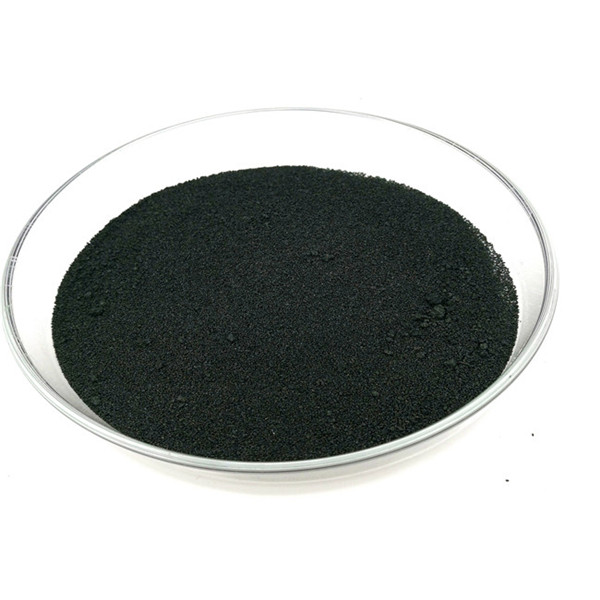- Home
- Products
- Elementary
- Boride Powder
- 3D Printing Powder
- Sulfide Powder
- Oxide Powder
- Carbide powder
- Nitride Powder
- Silicide Powder
- Hydride Powder
- Telluride Powder
- Selenide Powder
- Stearic Acid Series
- Phosphide Powder
- Nanoparticles
- Metal Alloy
- MAX Phase
- Lithium Battery Anode
- Surfactant
- Molecular sieves
- Concrete Admixtures
- News
- Answers
- Contact
- About
Answers
- 0
- 0
What is the diffrence beteween Synthetic vs natural graphite?
If you are looking for high-quality products, please feel free to contact us and send an inquiry, email: brad@ihpa.net
How serious are fertility problems today? People don't want to give birth,can't afford it, and can't give birth that has become the "three mountains".
The problem of childbirth is related to the people's livelihood. Whether a country can prosper or not depends on the population. I saw a set of data a few days ago. The data shows that on January 1, 1990, 2,784 babies were born in Shanghai. Ten years later, on January 1, 2000, 1,148 babies were born in Shanghai. In 2010, the number became 380. , 2020 only 156 people, the decline in the birth rate is shocking. The three most critical reasons are: I don't want to give birth, I can't afford it, I can't give birth! The decline of the global population will bring a series of economic and social problems, among which the demand for natural graphite will also be affected.
Synthetic vs natural graphite
Synthetic graphite is intriguing for investors because of its presence in lucrative industries with rising demand. However, before diving into the space, it’s essential to understand the nuances of synthetic graphite and some of the misconceptions surrounding it.
Firstly, the graphite market covers a range of different types of graphite, both synthetic and natural, that are used in their applications and do not compete. Synthetic and natural graphite have no relationship, except they’re called graphite in the broader marketplace.
Synthetic graphite is purer in terms of carbon content and tends to behave more predictably, so it has found a niche in solar energy storage and arc furnaces. Synthetic graphite can be significantly more expensive than natural graphite, as the process is pretty energy-intensive. The cost can be double or triple the standard price for natural graphite.
Restrictively high prices and specific use cases for synthetic graphite mean that it doesn’t often compete with natural graphite in most markets.
Types and uses of synthetic graphite
Synthetic graphite typically comes in two forms: electrodes and graphite blocks. The form of graphite directly determines which industries it will be used.
Electrodes
Electrodes are primarily created using petroleum coke as a precursor and are almost exclusively used in electric-arc furnaces. These furnaces are used for melting steel and iron and producing ferroalloys.

Graphite blocks
Graphite blocks — or isotropic graphite — are primarily used for energy storage in the solar industry. These blocks are made using the same petroleum coke process as electrodes but differ slightly in the coke structure.
Secondary synthetic graphite
Producing synthetic graphite also creates a by-product called secondary synthetic graphite — typically yielded as a powder. It’s considered a low-cost graphite material, and some forms of it can compete with natural graphite in applications like brake linings and lubricants.
Primary synthetic graphite
Primary synthetic graphite is not a by-product like its secondary counterpart. It is typically manufactured in powder form and used for high-end lithium-ion batteries. However, it is more expensive to produce and can cost the same amount as manufacturing an electrode.
High-quality synthetic graphite manufacturer
Luoyang Moon & Star New Energy Technology Co., LTD, founded on October 17, 2008, is a high-tech enterprise committed to developing, producing, processing, selling, and technical services of lithium-ion battery anode materials. After more than ten years of development, the company has gradually developed into a diversified product structure with natural graphite, artificial graphite, composite graphite, intermediate phase and other harmful materials (silicon-carbon materials, etc.). The products are widely used in high-end lithium-ion digital power and energy storage batteries.
If you are looking for graphite or lithium battery anode material, click on the needed products and send us an inquiry:sales@graphite-corp.com.
Our company is a strong company that provides excellent 3D printing natural graphite. If you need 3D printing and natural graphite, please feel free to contact us.
Inquiry us